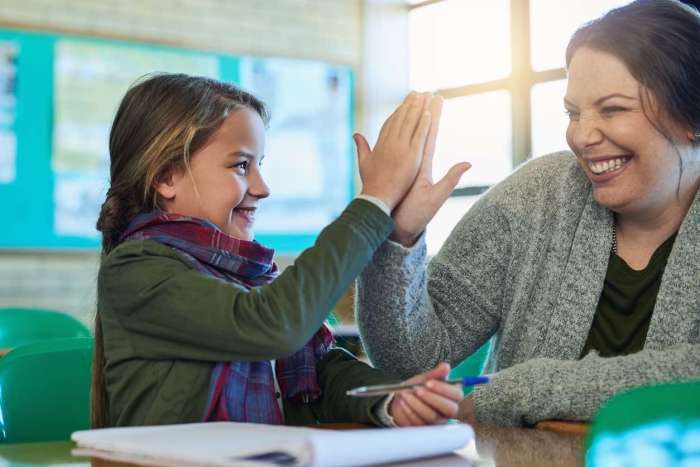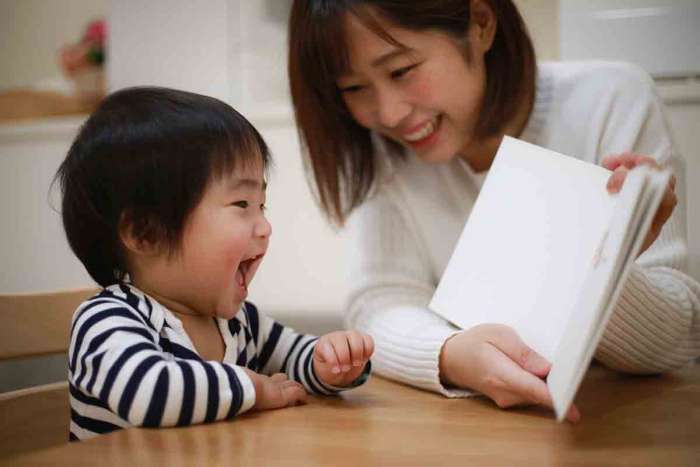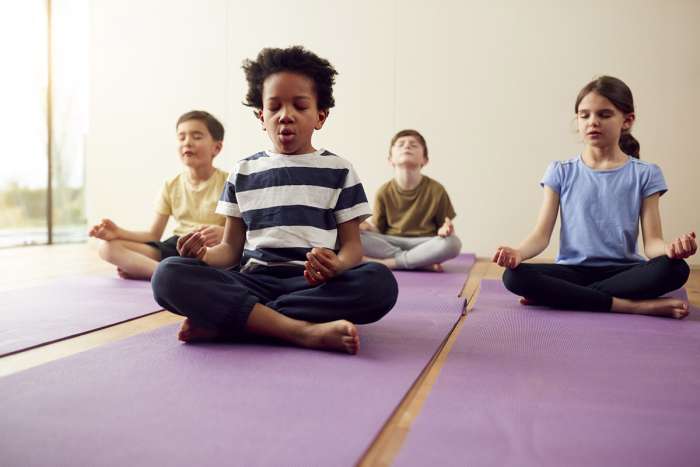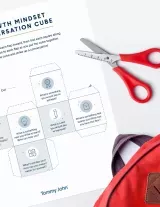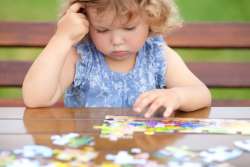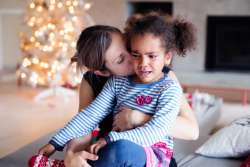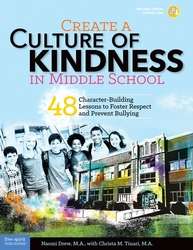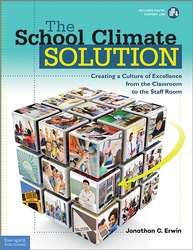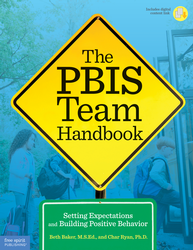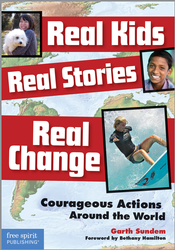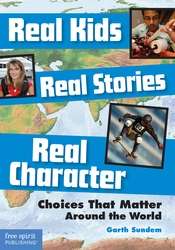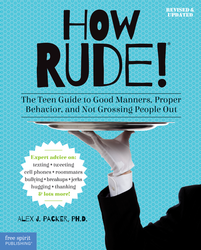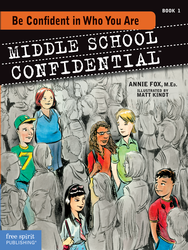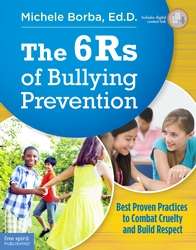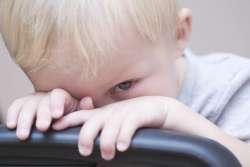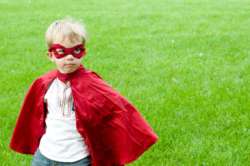Emotional Development
-
KidsEmotional DevelopmentBy FamilyEducation Editorial Staff
Life Coach Tami Green weighs in on the number one skill parents should teach their kids: problem solving. She offers five tips and tricks parents can do everyday to help their children become better problem solvers for life.
-
KidsEmotional DevelopmentBy FamilyEducation Editorial Staff
As parents, we hope our children will grow up to be well adjusted emotionally, but most of us haven't known how to address it directly. Emotional learning expert Dan Newby weighs in with his top tips for healthy emotional development.
-
KidsEmotional DevelopmentBy Laura Richards
Mother's Day is usually a happy day to celebrate Mom. But for many, the day stirs up loss and sadness, whether it’s from the loss of a child, mother or a strained relationship. Know that you’re not alone and that there are ways to cope with loss on Mother's Day.
-
KidsEmotional Development
If you've recently lost someone you love - a parent, sibling, friend, child - the holidays are the hardest times of the year. Here are some tips for getting through the holidays without your loved one.
-
-
Emotional Development
The 6Rs of Bullying Prevention utilizes the strongest pieces of best practices and current research for ways to stop bullying. Presented in a practical, six-part framework for reducing peer cruelty and increasing positive behavior support, it includes guidelines for implementing strategies, collecting data, training staff, mobilizing students and parents, building social-emotional skills, and sustaining progress. Used on its own or to supplement an existing anti-bullying program, this is what a school, a classroom, or an educator needs to prevent bullying and promote kindness. The 6Rs of bullying prevention—Rules, Recognize, Report, Respond, Refuse, and Replace—are not a program, but a comprehensive process for reducing bullying from the inside out, involving the entire school community. Bullying prevention expert Michele Borba, who’s worked with over 1 million parents and educators worldwide, offers realistic, research-based strategies and advice. Digital content includes customizable forms from the book and a PDF presentation for use in professional development.
-
Emotional Development
Research shows that a socially-emotionally supportive setting is the solution to increasing student achievement. The School Climate Solution helps kids and adults master critical social-emotional skills, encourages student leadership, provides effective and compassionate behavior management strategies, and raises academic performance. With dozens of fun and easy-to-do activities and community meeting agendas, this book provides everything you need to create a positive learning environment in any classroom, school, or school community. Based on William Glasser’s Choice Theory and steeped in social-emotional learning, the book shows educators how to engage the whole school community in identifying and celebrating its positive values. For use by principals, teachers, counselors, coaches, or any other school leaders looking to improve classroom climate, the strategies in this book have been tested in schools, and they work. Digital content includes customizable forms from the book and a PDF presentation for use in professional development.
-
Emotional Development
This helpful handbook provides solid, detailed guidelines for implementing and sustaining schoolwide positive behavior interventions and supports. Full of engaging anecdotes from expert PBIS coaches, this comprehensive resource helps PBIS teams overcome the obstacles of staff buy-in and offers solutions for sustaining a successful program at your school. Customizable forms, checklists, and graphic organizers will help chart, manage, and interpret data with ease.
-
Emotional Development
Inspire kids and teens to personal, community, and social action with this book of thirty true stories of young people overcoming adversity to achieve great things and make a difference around the world. Compelling, funny, inspiring, and poignant, the book features kids and teens who used their heads, their hearts, their character, their courage, and sometimes their stubbornness to help others and do amazing things. You’ll find examples of kids volunteering, kids making a difference, and young people initiating community and social action to change their world.
-
Emotional Development
this inspiring sequel spans the globe again with true accounts of ordinary kids showing extraordinary character. Thirty short inspirational stories are divided into six character traits (courage, creativity, kindness, persistence, resilience, and responsibility) and feature kids facing adversity from bullying in an American middle school to surviving persecution in the war-torn streets of the Democratic Republic of the Congo. Readers will see how every choice they make is a chance to build character and show the world who they really are.
-
Emotional Development
Explaining etiquette from common courtesies to cell-phone smarts to classroom decorum, Alex J. Packer blends outrageous humor with sound advice as he guides readers and explains why manners and etiquette are important—because people who know how to handle themselves in social situations come out on top, get what they want, feel good about themselves, and enjoy life to the fullest.
-
Emotional Development
This is the journey of Jack, Jen, Chris, Abby, Mateo, and Michelle—six students just trying to figure it all out in middle school. Be Confident in Who You Are follows these characters as they work to meet new challenges and survive the social scene—without losing sight of who they are.
-
Emotional Development
The 6Rs of Bullying Prevention utilizes the strongest pieces of best practices and current research for ways to stop bullying. Presented in a practical, six-part framework for reducing peer cruelty and increasing positive behavior support, it includes guidelines for implementing strategies, collecting data, training staff, mobilizing students and parents, building social-emotional skills, and sustaining progress. Used on its own or to supplement an existing anti-bullying program, this is what a school, a classroom, or an educator needs to prevent bullying and promote kindness. The 6Rs of bullying prevention—Rules, Recognize, Report, Respond, Refuse, and Replace—are not a program, but a comprehensive process for reducing bullying from the inside out, involving the entire school community. Bullying prevention expert Michele Borba, who’s worked with over 1 million parents and educators worldwide, offers realistic, research-based strategies and advice. Digital content includes customizable forms from the book and a PDF presentation for use in professional development.
-
KidsEmotional Development
What can you do to give your shy child a social boost? Whether your child is a mildly timid toddler or a highly introverted teen, find age-by-age tips for helping him succeed and feel comfortable in school and social situations at any age.
-
KidsEmotional Development
Learn about introverts and extroverts and how much stimulation your child can handle.
-
KidsEmotional Development
The news and current affairs can be upsetting for young children. Find tips on monitoring what your children absorbs from the news and how to talk to them about what they've seen on the television.
-
KidsEmotional Development
By fostering creativity in your child, you can help her mature mentally, emotionally, and socially. Read our top 10 ways of instilling creativity in your child to help her grow to be confident and independent.
-
KidsEmotional Development
Why is it that boys often have a harder time with school than girls do? Early developmental differences point to some answers.
Join the Family
Your partner in parenting from baby name inspiration to college planning.
Subscribe
